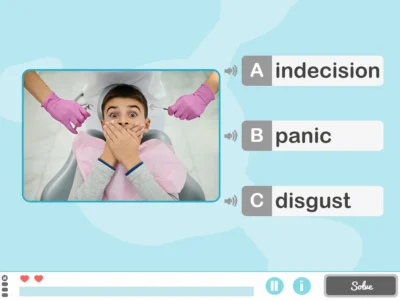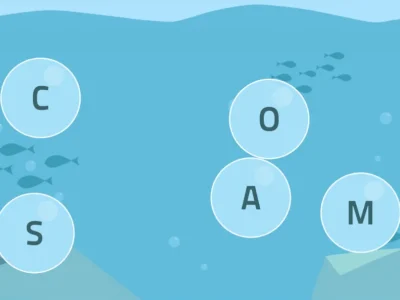Recent studies in the field of Neuropsychology and the use of functional neuroimaging have highlighted the importance of executive functions (EF). In this article we will explain how to improve executive functions and their usefulness in daily life.
What are executive functions?
Executive functions were systematized and described for the first time by neuropsychologist Muriel Lezak in 1983. As a result, research in the field of Neuropsychology and functional neuroimaging has taken a qualitative and quantitative leap, deepening the knowledge of these functions that are essential in our daily lives and guarantee our survival and adaptation to the environment.
Executive functions are complex mental activities, necessary to plan, organize, guide, review, regularize and evaluate the behavior needed to adapt effectively to the environment and to achieve goals. (Bauermeister, 2008).
These executive functions are responsible for directing and planning our behavior.
It is important to note that these cognitive functions are not 100% innate; rather, we acquire them throughout our lifespan, and they depend on maturation to develop. In fact, some are not established until age 25, due to neuronal immaturity.
We can understand executive functions as a constellation of capacities that help us achieve our goals and objectives.
Which executive functions are there?
Although there is still debate about what constitutes executive functions due to the complexity of their construct and definition, there is consensus regarding the cognitive skills that compose them:
- Planning: This ability allows us to sequence our behavior based on a goal. For example, if I want to be ready at eight to attend a dinner, I have to plan the previous steps that lead to the outcome of my goal: I have to shower and get ready beforehand, calculate the time it takes me to get there and park in the spot…
- Reasoning: The ability to reason is unique and exclusive to human beings; it differentiates us from animals and is the higher cognitive process par excellence. Reasoning allows us to evaluate and choose our behaviors according to our goal, effectively.
- Working Memory: It allows us to store information and operate on it based on our goals. Working memory is an essential cognitive skill for our daily lives.
- Cognitive Flexibility: This ability allows us to shift the focus of our attention to different stimuli. Cognitive flexibility allows us to change our way of thinking and acting according to the demands of the environment.
- Inhibition: Inhibition is the cognitive and behavioral “brake.” Thanks to inhibition, we can avoid paying attention to irrelevant stimuli and focus on our goal. In addition, it allows us to resist these impulses.
- Decision-making: Decision-making is the ability we have to evaluate, select and choose the best option to achieve our goals and objectives.
Where are executive functions located?
The frontal lobe is the area most associated with these functions.
More specifically, the most complex and evolved executive functions of human beings are located in the prefrontal cortex.
Alterations in executive functions have been considered prototypical of frontal lobe pathology, fundamentally of lesions or dysfunctions that affect the dorsolateral prefrontal region.
Other brain areas also play a role in these processes, such as the hippocampus, the basal ganglia, the cerebellum and the amygdala.
Problems with executive functions
In general, when executive functions do not respond adequately, we will have difficulties in our daily life with the acquisition of new behaviors, increased impulsivity, and difficulty anticipating the consequences of our actions, and a noticeable loss of creativity when facing new challenges.
On the other hand, there is a correlation between disorders such as schizophrenia, OCD (obsessive-compulsive disorder), autism, or ADHD.
How can I improve my executive functions?
Indeed. Thanks to neuroplasticity, anyone who wishes can train and improve their executive functions.
The continuous and repetitive practice of exercises will act on your brain structure; specifically on the neural networks involved in the function you are training to restore executive functions.
Moreover, thanks to NeuronUP, training them is easier than ever. The neurorehabilitation professional will be able to choose which function to work on according to the needs of each of their users or patients.
If you liked this blog post about how to improve executive functions, you might be interested in these NeuronUP posts:
“This article has been translated. Link to the original article in Spanish:”
¿Se pueden mejorar las funciones ejecutivas?







 Worksheet for Time Orientation in Children: Now
Worksheet for Time Orientation in Children: Now
Leave a Reply